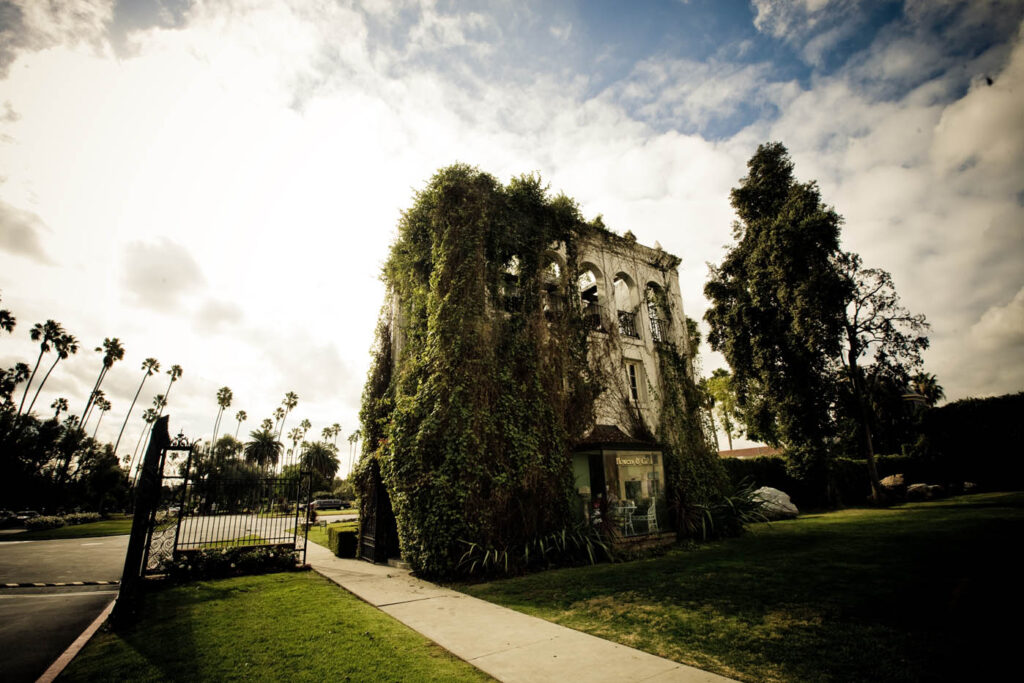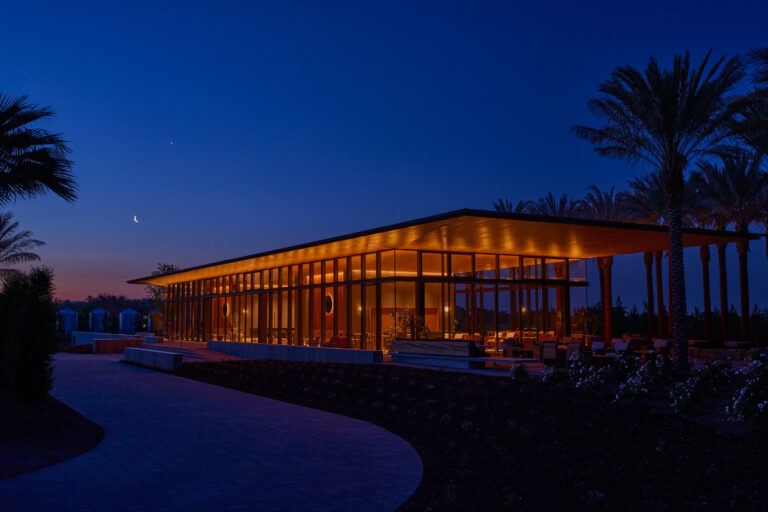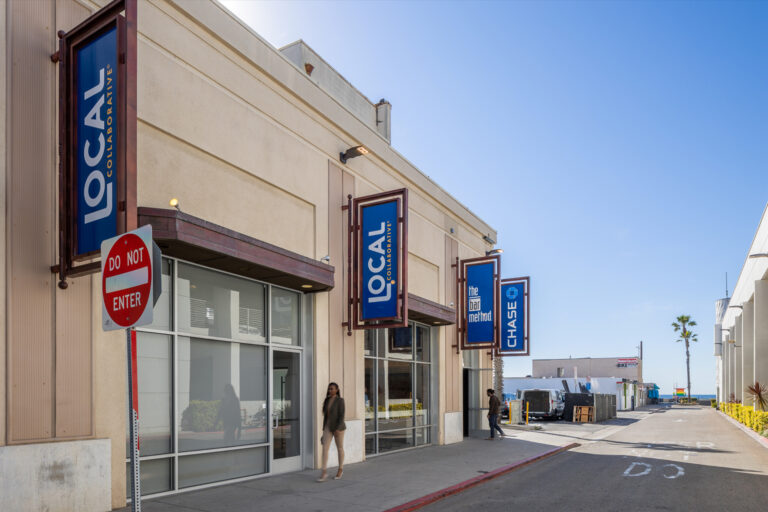Celebrated Enshrinements and Culture Make Hollywood Forever Cemetery Sacred Ground in Los Angeles
Although the final resting place for Hollywood’s elite, whether it be matinee idol Rudolph Valentino, director Cecil B. DeMille or civic leader Charles Toberman, Hollywood Forever Cemetery is also the place where history comes alive.
Motivated to help develop what was then little more than an agrarian burg, all fields and citrus groves, the formerly named Hollywood Memorial Park Cemetery was founded in 1899. Now in its second century, and a renaissance of sorts, this Los Angeles treasure boasts approximately 60 acres; seven mausoleums; two chapels; one crematory; an administration building and a monument production studio. And, in the park’s southwest sector, is a whole other burial ground in Beth Olam, one of the oldest dedicated Jewish cemeteries in Southern California.
If all sounds grand, like a vast English estate, “The cemetery’s landscaping was designed to create the atmosphere of a true park, rather than a mere grid of graves,” explains Family Service Counselor Theodore Hovey of the magnificent architecture, wonderfully weathered edifices and verdant growth here.

“The buildings are in various styles. The Cathedral Mausoleum is Italian Renaissance, while the administration building is Spanish Baroque. The extraordinary private mausoleum of William Andrews Clark, Jr. and his family on the island in the lake is classical. Many of the other private family mausoleums are Egyptian Revival,” a popular aesthetic in the early 20th century due to significant archeological finds of the time, with the discovery of King Tut’s tomb a fixture in the public’s imagination.
The years were not always just to Hollywood Memorial, however, with the park eventually sinking into disrepair, neglect, and even controversy. Segregated until 1959, for example, it refused eternal rest for Gone with the Wind Oscar winner Hattie McDaniel until current ownership rectified the slight with a lakeside cenotaph to honor the trailblazing actress on the 47th anniversary of her death. This is one of many improvements present possessor Tyler Cassity plotted under his watch, which began in 1998, having rescued and rechristened the on-the-brink-of-bankruptcy burial ground. Hence prosperity and popularity for the newly minted Hollywood Forever, which, along with hosting ongoing restoration projects and new builds, acts as a kind of cradle of culture, welcoming a bevy of events year-round.
Emerging from the latter category is, of course, the open-air film series Cinespia. Held on the Fairbanks Lawn, an open, undeveloped expanse of grass behind the Douglas Fairbanks Sr. and Jr. memorial, the event, describes Hovey, is “an expression of the cemetery’s indelible relationship with the film industry.”
Currently interring more than 90,000 souls, with room for plenty more—a 100 years worth, according to Hovey—Hollywood Forever is more than a local landmark; “it’s a place of great reverence” whose physical beauty and historic residents continue to stir interest in visitors from all over the world.
All leaves little doubt that some things really do live forever.
Photography Courtesy of Hollywood Forever Cemetery




